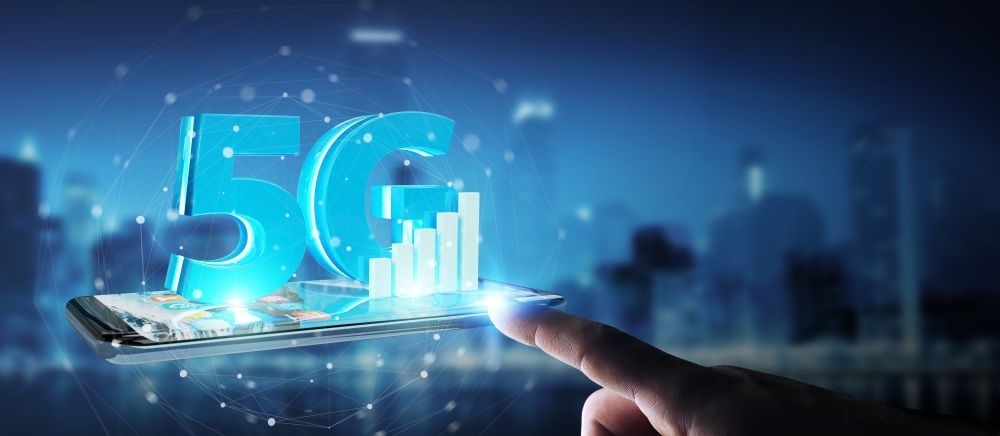
5G - the next generation of wireless technology
 Most cell phone carriers are already testing their upgraded 5G networks extensively. And my bet is that they are learning a lot about the limits of this new wireless technology as they deploy it in more and more areas. Because, let's be honest, 5G looks much better on paper than in real life scenarios. According to Data Alliance, very few operators have managed to deliver the promised speeds so far, and some of them are still using upgraded versions of the 4G technology, rather than replacing their old radio systems and software, making them fully compatible with the fifth generation of cellular wireless.
Most cell phone carriers are already testing their upgraded 5G networks extensively. And my bet is that they are learning a lot about the limits of this new wireless technology as they deploy it in more and more areas. Because, let's be honest, 5G looks much better on paper than in real life scenarios. According to Data Alliance, very few operators have managed to deliver the promised speeds so far, and some of them are still using upgraded versions of the 4G technology, rather than replacing their old radio systems and software, making them fully compatible with the fifth generation of cellular wireless.
Everything started with 2G. Sure, we also had 1G, but that was an analog technology, making use of a primitive communication protocol which was similar with the one that was used for the old walkie-talkies. 2G was acceptable for that era, in which speeds of a few hundreds of Kbit/s were good enough for most people's needs. 3G started modestly, but future versions have pushed download speeds to 2-3 Mbit/s. Believe it or not, 4G increased speeds to a decent 100 Mbit/s, and 5G has theoretical data transfer speeds that can reach 20 Gbit/s.
So, I can understand why lots of people want to get their hands on a brand new 5G device and a matching Internet connection as quickly as possible. Speed is more important than ever in the fast food era! However, many Internet users are not aware of the additional advantages that arise from having an increased connection responsiveness and the ability of using their cell phones' data connections in a much more efficient manner.
If you've ever played an online game, you may be familiar with the lag that is clearly visible every now and then. Basically, the game freezes because it hasn't received the required data from the server, and it can't continue until the needed data packets arrive. The same thing happens with mobile data connections; web pages and applications freeze until they get the required data from the server. Fortunately, the new 5G Internet connections are supposed to offer much lower latencies, turning our web-based gaming and browsing experience into a very pleasant one.
Just like the previous wireless technology iterations, 5G uses a cellular network. In a nutshell, the system utilizes a network of small radio receivers and transmitters called "cells", which are interconnected with each other and are all connected to a high-speed network. Unlike 4G, the fifth wireless generation utilizes much higher frequencies to carry the users' cell phone data, though. This feature allows the system to get a much higher data throughput, but has a key disadvantage: it limits the range of each cell.
So, it is not a surprise that some carriers want to implement low band 5G systems in rural areas, with the goal of increasing signal range without using lots of cells. Basically, people who don't live in big cities won't benefit from high-speed 5G because cellular operators don't want to invest into costly technologies in areas that don't bring in a lot of profit.
On the other hand, carriers plan to use expensive millimeter wave hardware to boost speeds in populous cities. However, this means that they'll have to use lots of micro cells, which have a radio power of a few watts each, and that dense wireless radiation isn't going to be very healthy for us.
Many European countries are experimenting with mid-band 5G, which utilizes frequencies around the 6 GHz mark. That solution may be exactly what everyone needs, because it should provide plenty of speed while keeping radiation levels low.
Smart phone manufacturers have already started to produce 5G phones. Due to all these factors, I am pretty sure that I won't buy one anytime soon, though.